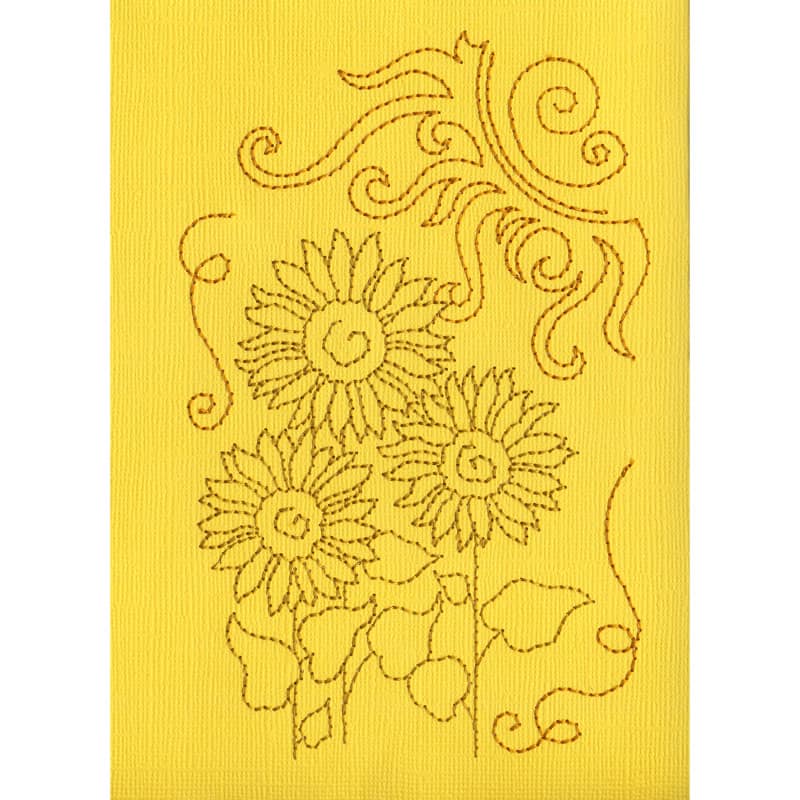Yes, you can sew and embroider on paper!
With a few guidelines, sewing or embroidering on paper is quick and easy. Whether you are teaching kids to sew, embellishing blank greeting cards, or adding color to scrapbook pages, sewing on paper is a CHEAP way to be creative.
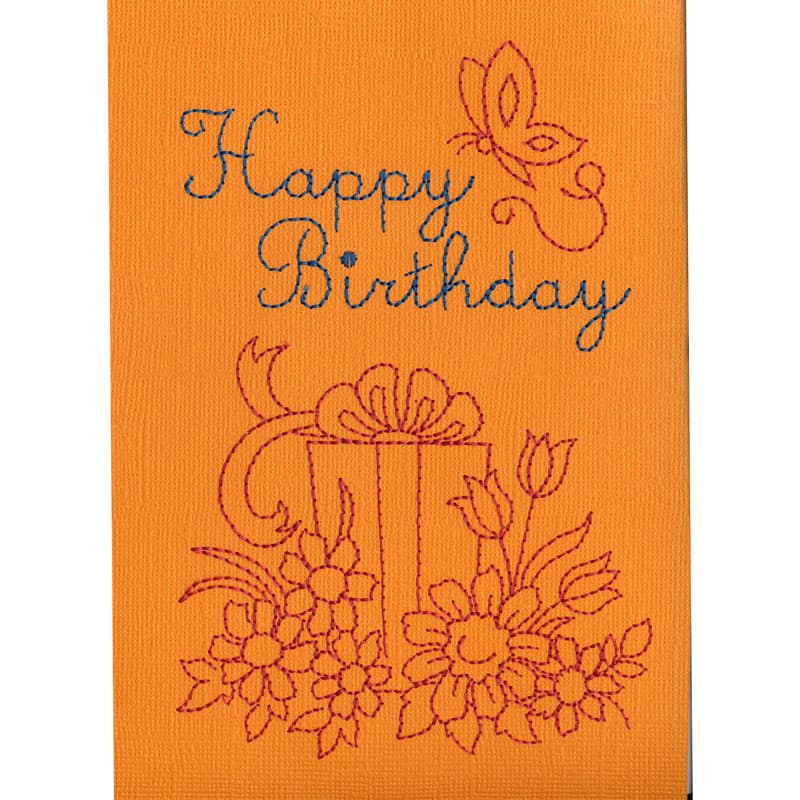
Decorative stitches sewn with variegated thread add an amazing pop of color to any paper craft. Try out a variety of stitches and paper types while testing machine settings to find the best results.
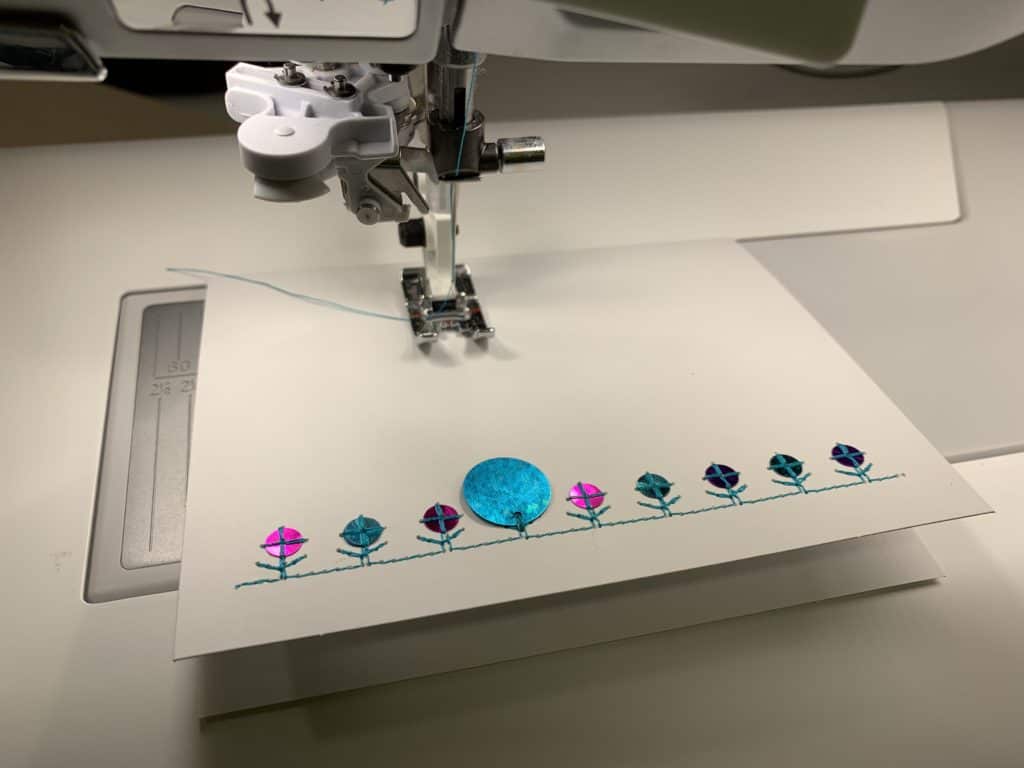
If using an embroidery machine, select embroidery designs without tons of fill stitches. Many embroidery companies create specific collections designed to be stitched out on paper.
Follow these helpful tips for successful stitched paper crafting using a sewing machine or embroidery machine.
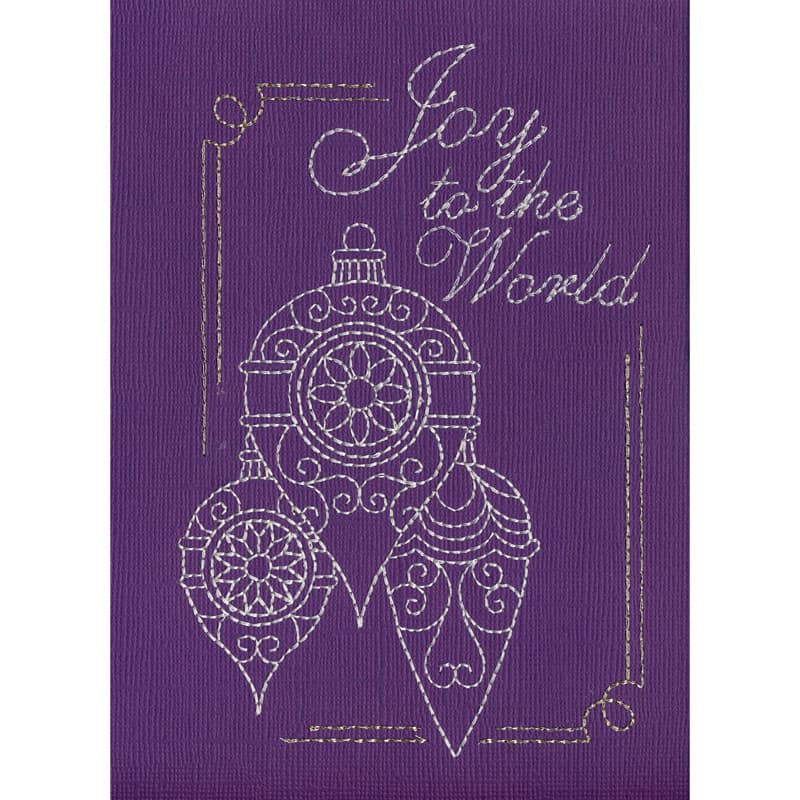
1. Needle Selection for Sewing on Paper
This is the most common question we get when users want to sew on paper. What needle should I use? First, determine what thread will be used – thick or thin – then match the needle to the thread. It is recommended to use a sharp needle such as a Jeans, Topstitch, or Microtex needle to achieve a nice hole through the paper.
2. Selecting the Right Paper
Experiment with different weights of paper. Cardstock, construction paper, and handmade papers are great places to start for stitches. Each is a bit sturdy and can support having holes and thread punched through them.
3. Stabilizer
With both sewing and embroidery stitching, it is best to add a layer of tear-away or cutaway stabilizer behind the stitching to assure the stitches do not tear the paper. This gives a layer of support and gives the stitches a bit more to secure themselves to.
4. Take Your Time
You will quickly realize that every stitch taken makes a hole in the paper. These holes are permanent and can not be undone.
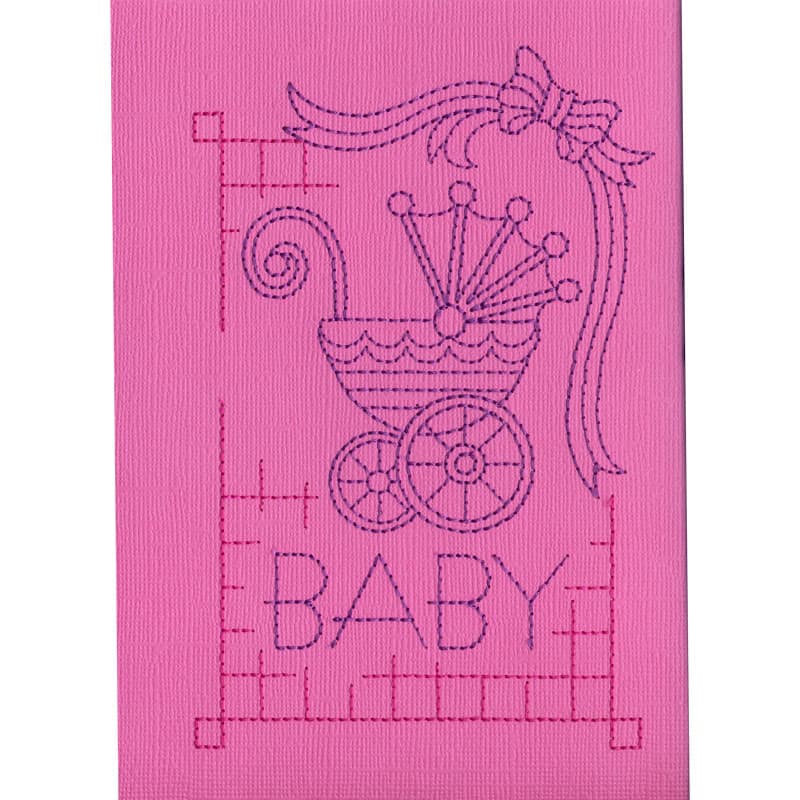
5. Stitch from the Right Side
Stitching from the right side of the paper will give the best results.
6. Do Not Use Pins
If you are in the need of securing the paper in place before stitching, consider using a dab of glue to hold the layers together.
7. Machine Stitch Length for Sewing on Paper
It is wise to lengthen the stitch length to longer than normal setting to make sure the paper is not perforated. Avoid stitches that are too close together to keep the paper from falling apart.
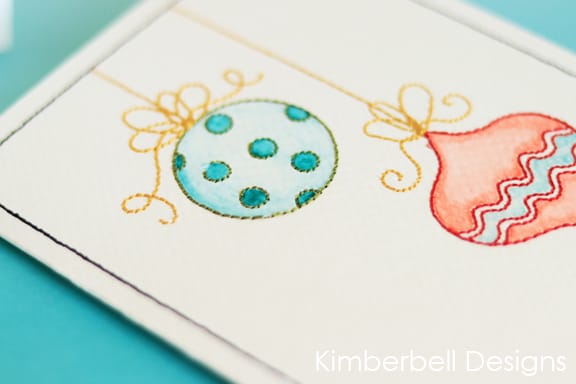
8. Cleaning Your Sewing Machine After Sewing on Paper
Sewing on paper is no worse than sewing on fleece or flannel. The extra lint and fuzz left in the machine after sewing on paper should be cleaned out prior to starting a new project.
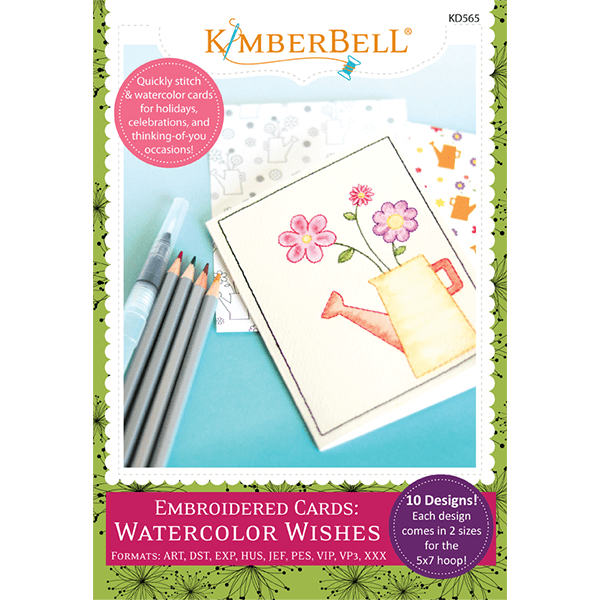
9. Embroidering on Paper
As stated above, many embroidery companies offer embroidery collections designed to stitch out of paper or greeting cards. Use these examples to learn which embroidery designs you already own that would be good choices for your own paper-stitched embroideries.
10. Kids Love to Sew on Paper
When kids want to sew on your sewing machine, but you don’t want them wasting fabric, hand them paper! Better yet, print off basic mazes or dot-to-dot pictures to have them practice their new sewing skills. You don’t even need to put the thread in the machine for these fun exercises. The needle will create a line of holes in the paper to see where they have been stitched.
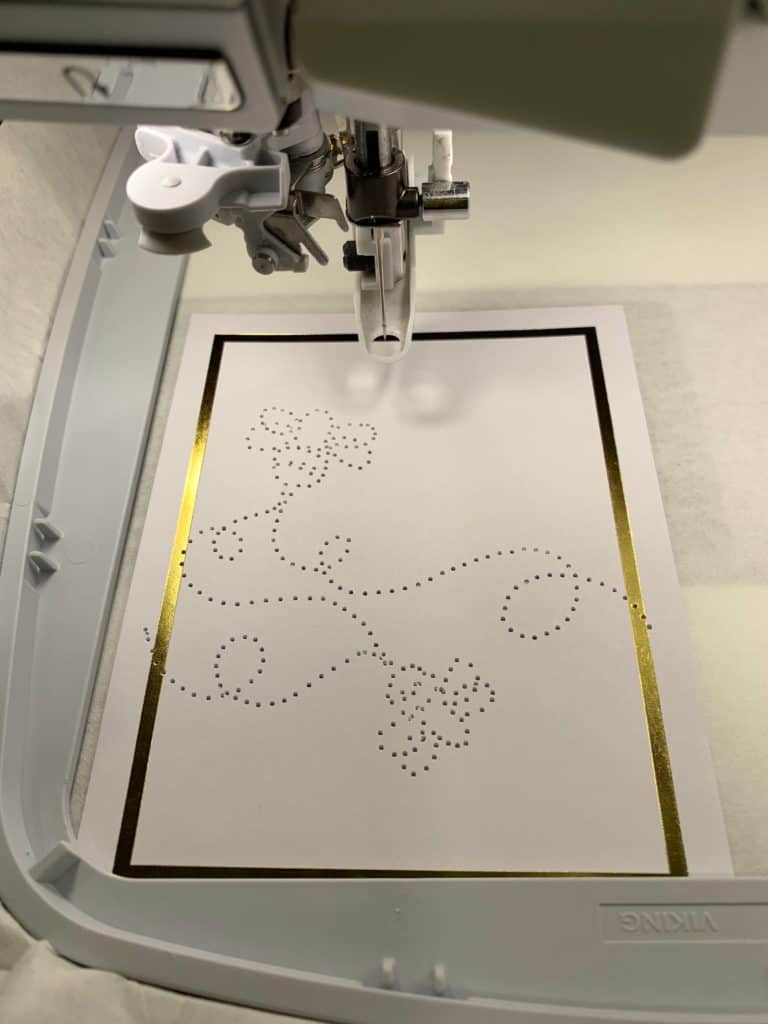
Sewing on paper can be simple, fun, and CHEAP. Next time you need to test out a stitch, try reaching out for a piece of paper instead of a piece of fabric.

